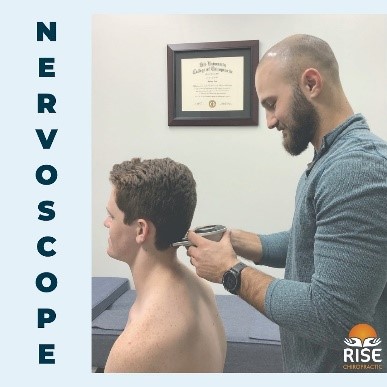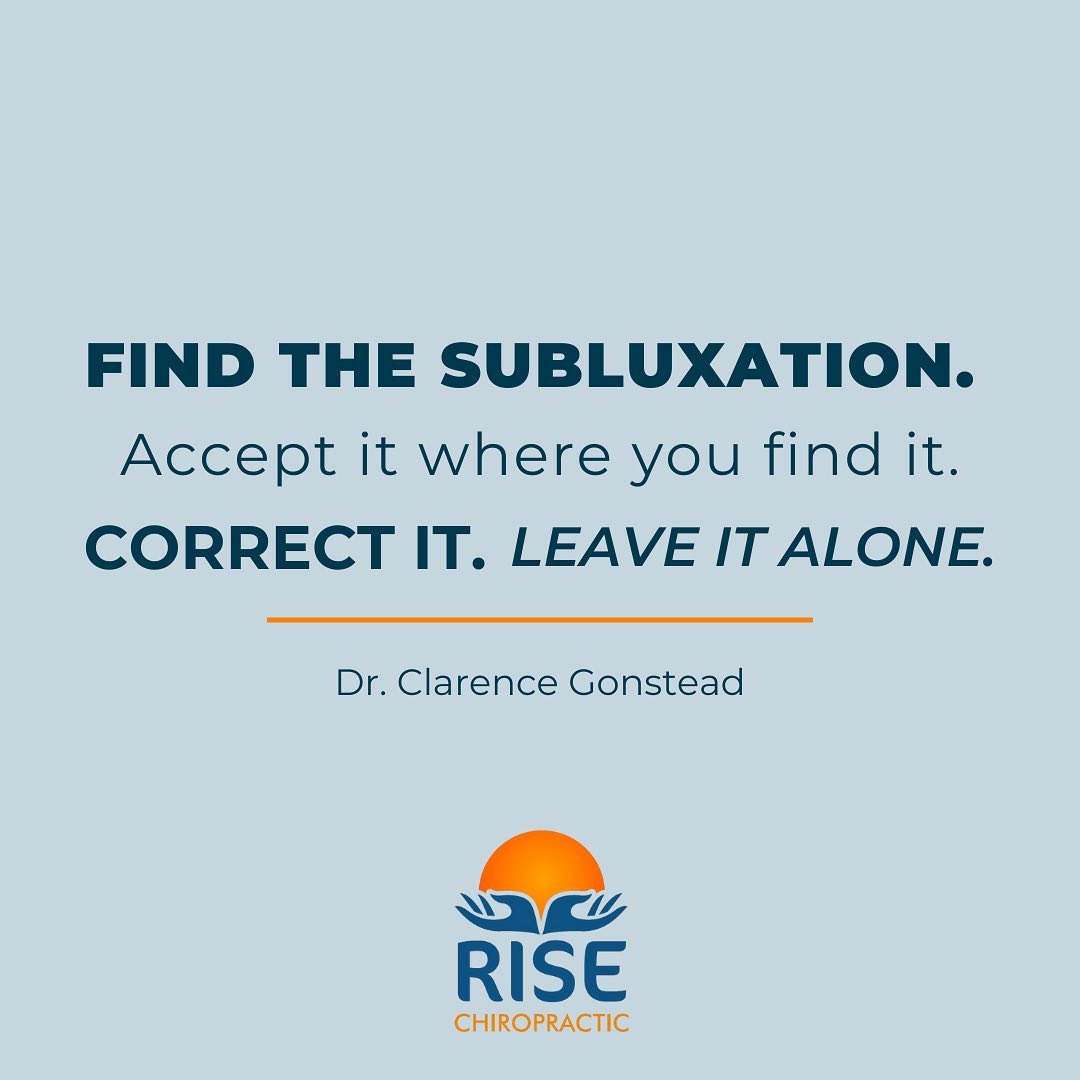Until now, you may have thought that all chiropractors "do the same thing" and "adjust the same way."
The fact is, it just isn't so!
The Gonstead Chiropractor goes beyond what many chiropractors consider a spinal assessment by conducting a thorough analysis of your spine using five criteria to detect the presence of the vertebral subluxation complex.
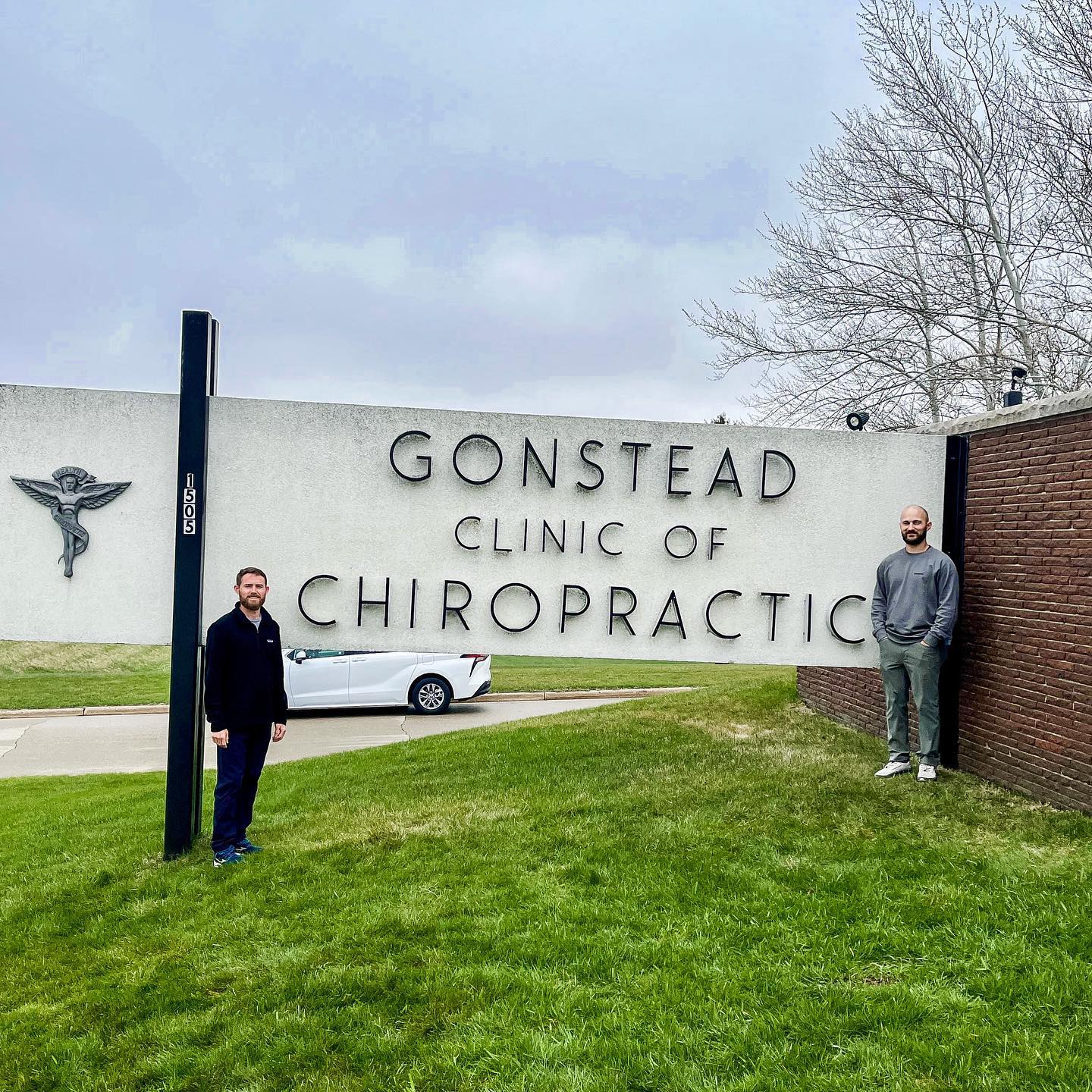


Visualization
Skin and tissue changes around the spine may be indicative of nerve pressure at the adjacent level. Findings may consist of swelling, edema, redness, pimples, dry skin, or other lesions in the dermatome associated with the vertebral subluxation. Global postural abnormalities are also clues to determine the root cause of the patient’s problem (i.e. shoulder unleveling, pelvic unleveling, tilting, etc.)

Instrumentation
Dual-probe thermal instrumentation is used to detect abnormal temperature variations around the spine. Research has demonstrated that 0.5 degree Celsius of difference between the left and right sides is clinically significant and could indicate neural irritation at the adjacent spinal levels. In a state of rest, acclimated to a controlled climate, the skin around the spine should not have major temperature differences from left to right. Instrumentation is our “window” into the nervous system.
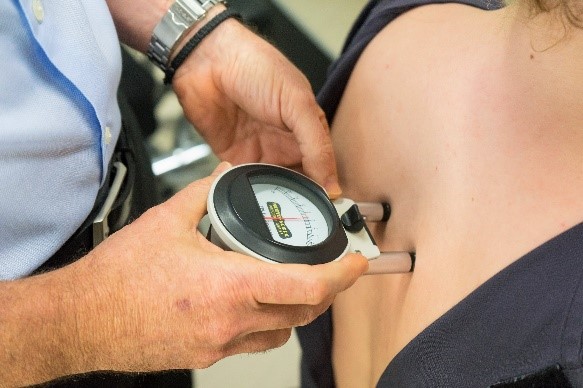
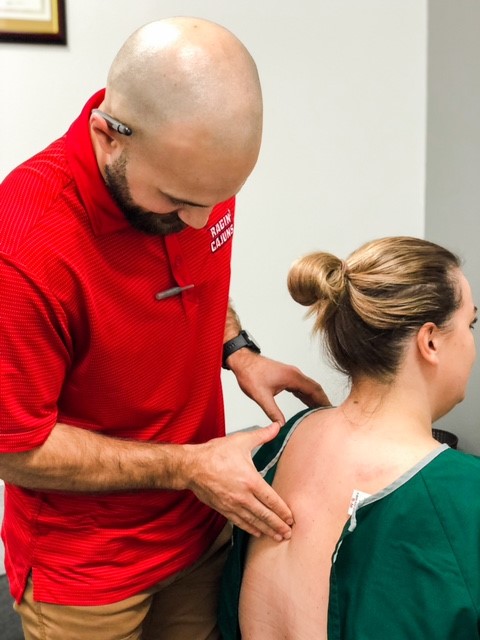

Static and Motion Palpation
“Chiropractic” means “with the hands.” The doctors are trained to use their hands to find abnormal tissue changes surrounding the spine and evaluate for small differences in individual motion segments. Loss of normal passive range of motion is always present when a vertebral subluxation is present. Edema or swelling is usually tender to touch, which indicates a joint is not moving properly and its soft tissue elements are inflamed.

X-Ray
The full spine Gonstead radiographic study visualizes the entire spine and its associated structures, to include the entire pelvis, the upper cervical region, and everything in between. The health of the intervertebral discs is seen on the lateral view, which dictates the doctors’ plan of care. This study not only shows the problem area, but also how the rest of the body is compensating. The doctors are trained to distinguish subluxation (primary biomechanical lesion) from compensation (secondary effects) and focus solely on correcting the root cause of the problem, leaving the rest of the healthy spinal segments alone.
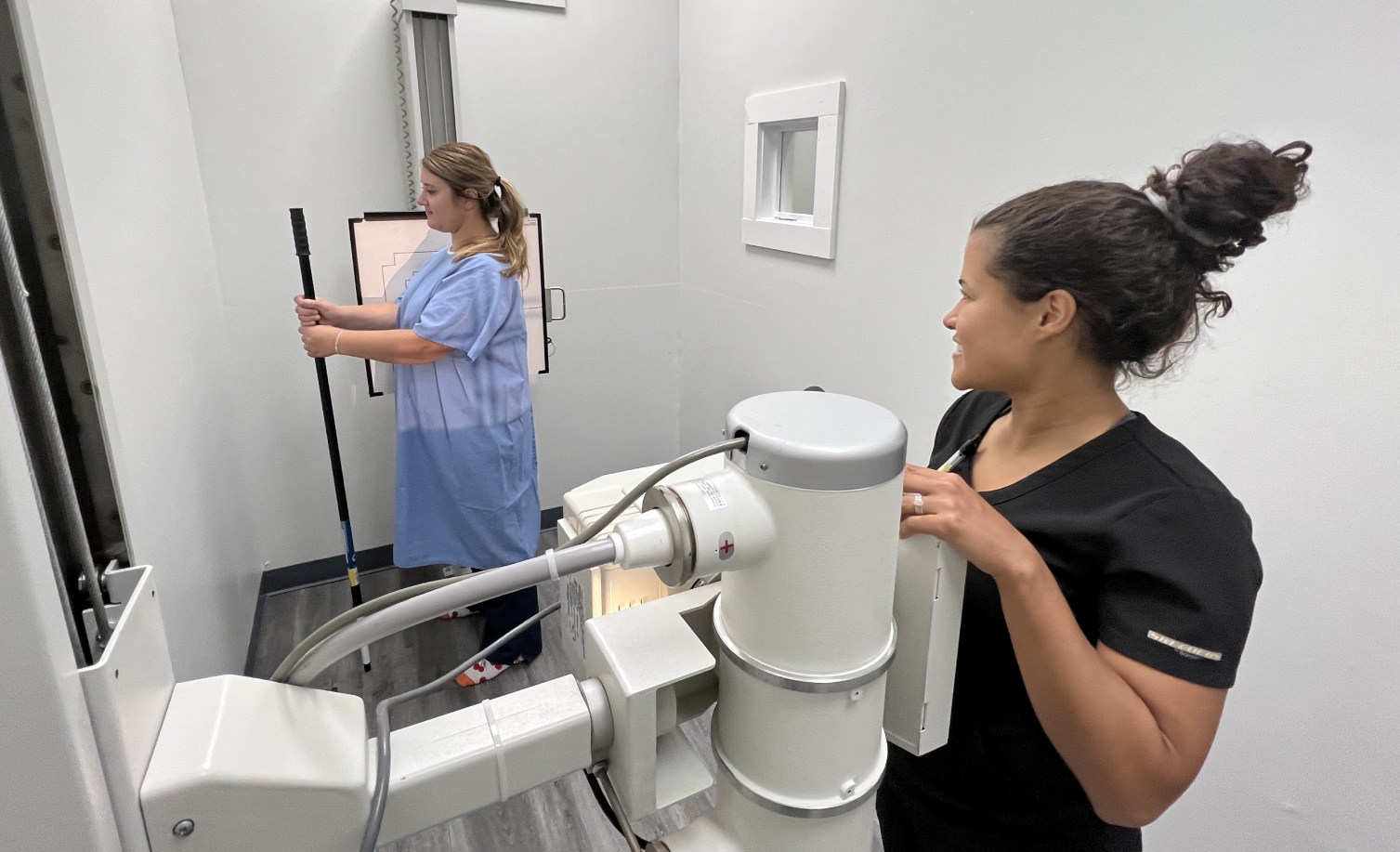
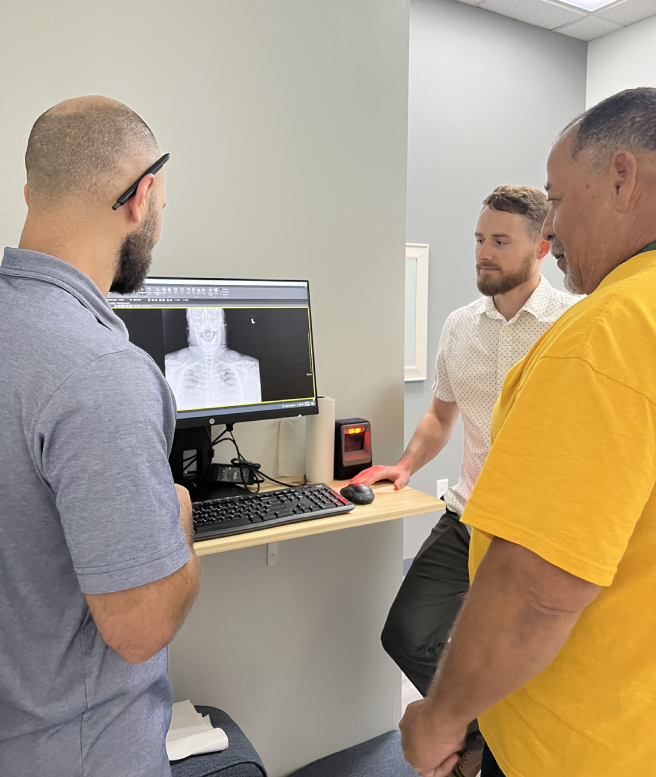

History/Case Management
Listening to the patient is the most important component of the examination process. The same adjustments are not performed on every visit, and no two patients are adjusted the same. We reanalyze using the Gonstead examination criteria at each visit to make sure your care is on the right track!

